- Introduction
- Benefits of Exercise
- Overview: Effective Exercise Routines for All Age Groups
- Effective Exercise Routines for All Age Groups
- Creating a Balanced Exercise Plan
- Adapting Exercises for Individual Needs
- Staying Motivated
- Safety Tips for Exercising
- Nutrition and Hydration
- Overcoming Common Barriers to Exercise
- Incorporating Technology in Exercise
- Conclusion
- Frequently Asked Questions (FAQs)
Introduction
Staying fit and strong is essential for a healthy and fulfilling life. Regardless of your age, incorporating regular exercise into your routine can bring a multitude of benefits, from enhancing physical health to boosting mental well-being. In this article, we will explore effective exercise routines tailored for different age groups, ensuring that everyone can find an enjoyable and beneficial way to stay active.
To learn more about beginning a workout regimen and setting achievable fitness goals, you can visit Healthline – How to Start Exercising.
Benefits of Exercise
Exercise offers profound physical benefits, including strengthened muscles and bones, improved cardiovascular health, and increased immunity, fostering a stronger, healthier body.
- Physical Benefits: Exercise is a cornerstone of physical health. It aids in weight management, enhances muscle and bone strength, supports cardiovascular health, and boosts immune function. Regular physical activity also enhances flexibility, balance, and coordination, reducing the risk of falls and injuries.
- Mental Health Benefits: Beyond the physical perks, exercise plays a crucial role in mental health. It reduces stress, anxiety, and depression, promotes better sleep, and enhances overall mood. Physical activity stimulates the production of endorphins, the body’s natural mood lifters, making you feel happier and more relaxed.
- Long-Term Health Impacts: Consistent exercise can have significant long-term health benefits. It lowers the risk of chronic diseases such as heart disease, diabetes, and certain cancers. Regular physical activity can also enhance cognitive function, keeping the brain sharp as you age.
By incorporating regular exercise into your routine, you not only strengthen muscles and bones but also improve flexibility, balance, and overall physical well-being, safeguarding against future health issues.
Overview: Effective Exercise Routines for All Age Groups
Staying active is essential for health and well-being at every stage of life. However, the type and intensity of exercise needed can vary significantly with age. The following table provides an organized overview of effective exercise routines tailored to different age groups, ensuring everyone can find an appropriate and beneficial way to stay fit.
| Age Group | Recommended Exercises | Frequency | Focus |
|---|---|---|---|
| Children (5-12) | Play-based activities, team sports, cycling, jumping rope | 60 minutes daily | Fun, motor skills, and social interaction |
| Teenagers (13-19) | Running, swimming, dance, team sports | 60 minutes daily | Physical development, social engagement, balancing academics |
| Young Adults (20-35) | Strength training, cardio (running, cycling), HIIT | 150 minutes of moderate activity per week | Building habits, strength, endurance, managing busy schedules |
| Middle-Aged (36-55) | Flexibility exercises (yoga, Pilates), strength training, cardio | 150 minutes of moderate activity per week | Maintaining fitness, flexibility, strength, time management |
| Seniors (56+) | Walking, swimming, low-impact aerobics, light strength training | 150 minutes of moderate activity per week | Mobility, balance, social interaction, managing chronic conditions |
Finding the right exercise routine is crucial for maintaining a healthy lifestyle at any age. The table above highlights key activities and considerations for each age group, ensuring that exercise remains safe, effective, and enjoyable. By focusing on specific needs and goals, these routines help foster long-term fitness habits that can lead to improved overall health and well-being.
Tailoring exercise routines to different age groups ensures that physical activity is both safe and effective. Whether you’re encouraging children to play more, helping teenagers balance sports and studies, or guiding seniors toward low-impact activities, each age group has unique needs that can be met with appropriate exercises. Staying active throughout life not only boosts physical health but also enhances mental well-being and quality of life.
Effective Exercise Routines for All Age Groups
Discover the best exercise routines for children, teens, adults, and seniors. Stay healthy and active at any age with tailored workouts for everyone!
1. Exercise Routines for Children (Ages 5-12)
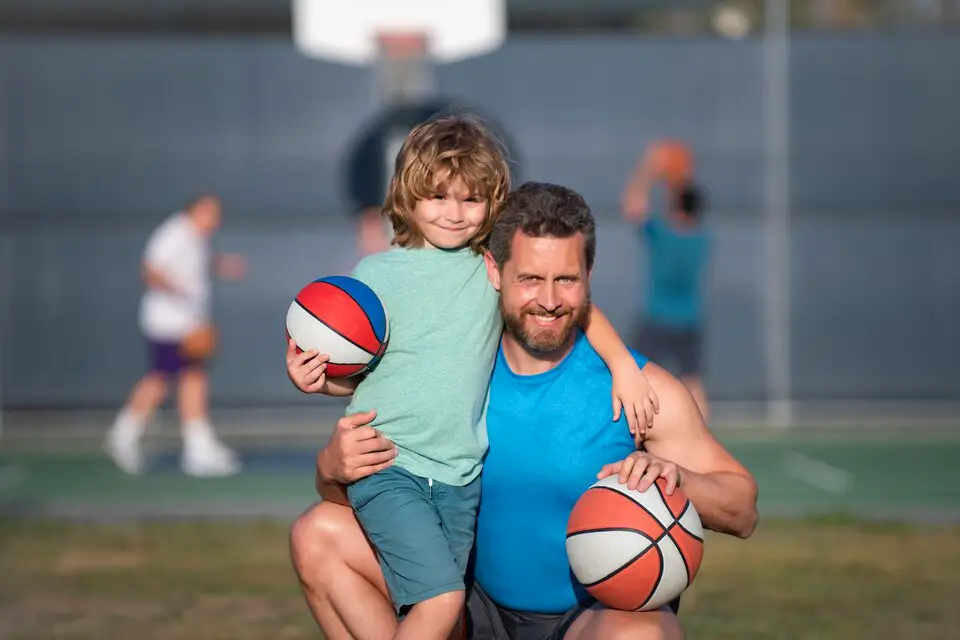
Importance of Exercise in Childhood
For children, exercise is vital for healthy growth and development. It supports bone health, builds muscle strength, and helps with motor skills. Additionally, active kids are more likely to maintain healthy habits into adulthood.
Fun and Engaging Activities
Children need fun and engaging activities to keep them interested in exercise. Consider activities like playing tag, jumping rope, riding bikes, and team sports such as soccer or basketball. These activities not only provide physical benefits but also teach teamwork and social skills.
Recommendations for Parents
Parents should encourage their children to be active for at least an hour each day. This can be broken up into shorter bursts of activity throughout the day. Limit screen time and promote outdoor play to keep kids moving and healthy.
2. Exercise Routines for Teenagers (Ages 13-19)
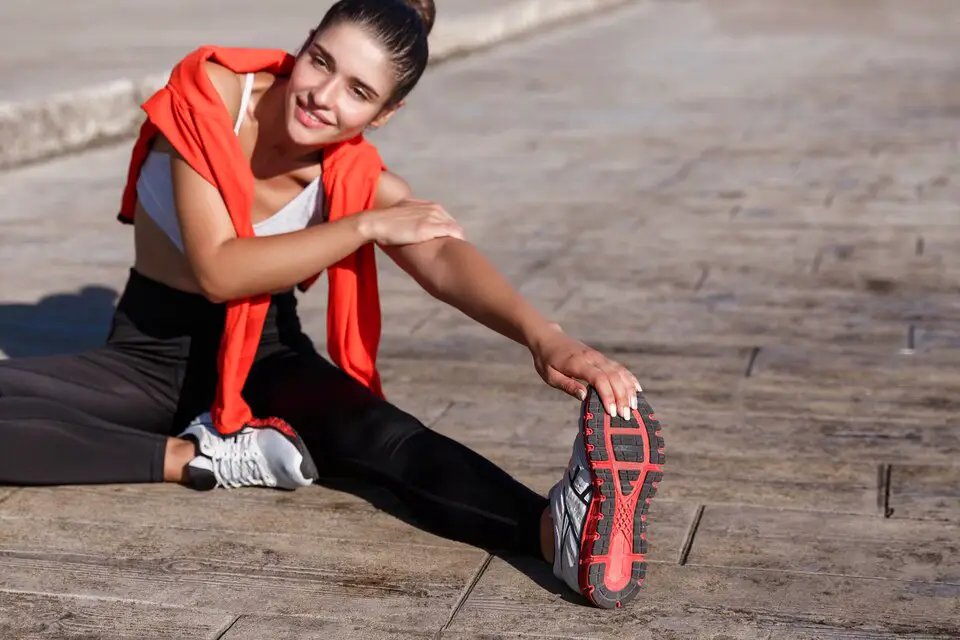
Growth and Development Considerations
Teenagers undergo significant physical changes, making exercise essential for proper growth and development. It helps manage weight, builds muscle, and supports bone health during these crucial years.
Popular Activities for Teens
Teenagers often enjoy activities that allow them to socialize and challenge themselves. Popular choices include running, swimming, dance, and team sports. Encouraging participation in school sports teams or community leagues can keep teens active and engaged.
Balancing Exercise with Academics
Finding a balance between academics and exercise is important for teens. Encourage them to establish a routine that includes time for homework, physical activity, and relaxation. Exercise can actually boost academic performance by improving concentration and reducing stress.
3. Exercise Routines for Young Adults (Ages 20-35)
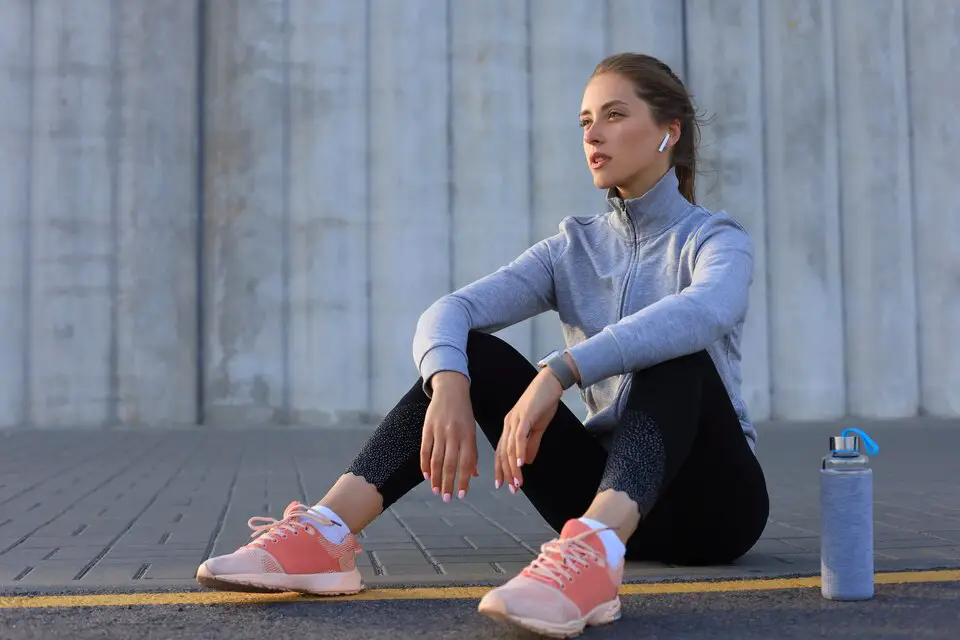
Building Lifelong Habits
Young adulthood is the perfect time to build lifelong exercise habits. Establishing a consistent routine can help prevent weight gain, reduce stress, and promote overall health.
Strength Training and Cardio
A balanced routine for young adults should include both strength training and cardiovascular exercises. Strength training helps build muscle mass and increase metabolism, while cardio exercises like running, cycling, or swimming improve heart health and endurance.
Incorporating Exercise into a Busy Schedule
Young adults often have busy schedules with work, social activities, and possibly starting families. Making time for exercise can be difficult, but it is essential. Consider shorter, high-intensity workouts, such as HIIT (High-Intensity Interval Training), which can be effective and time-efficient.
4. Exercise Routines for Middle-Aged Adults (Ages 36-55)
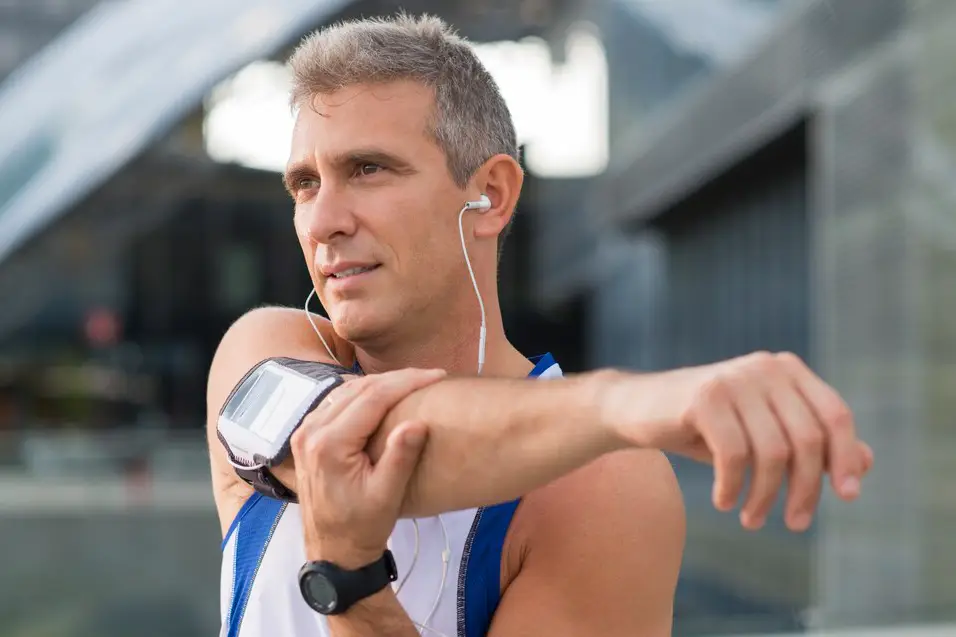
Maintaining Fitness
For middle-aged adults, maintaining fitness becomes increasingly important as metabolism slows and muscle mass begins to decline. Regular exercise helps manage weight, reduce the risk of chronic diseases, and maintain energy levels.
Focus on Flexibility and Strength
Incorporating flexibility exercises, such as yoga or Pilates, can improve joint health and reduce the risk of injuries. Strength training remains vital for maintaining muscle mass and bone density. Aim for a mix of cardio, strength, and flexibility exercises for a well-rounded routine.
Time Management Tips
Balancing work, family, and personal time can be tricky. Plan your workouts just as you would schedule any significant task. Early morning or lunchtime workouts can be great options to fit exercise into a busy day.
5. Exercise Routines for Seniors (Ages 56 and above)

Importance of Staying Active in Later Years
Staying active in later years is crucial for maintaining independence, mobility, and quality of life. Regular exercise can help seniors manage chronic conditions, improve balance and coordination, and enhance mental health.
Low-Impact Exercises
Low-impact exercises are ideal for seniors as they reduce the risk of injury while providing numerous benefits. Walking, swimming, and cycling are excellent choices. Additionally, strength training with light weights or resistance bands can help maintain muscle mass.
Social Aspects of Group Fitness
Group fitness classes, such as water aerobics or tai chi, can be particularly beneficial for seniors. These classes provide a social component, reducing feelings of isolation and loneliness, while also ensuring that exercises are performed correctly and safely.
Creating a Balanced Exercise Plan
Crafting a balanced exercise plan is key to achieving your fitness goals. Learn to blend cardio, strength training, and flexibility exercises for optimal results.
- Components of a Balanced Routine: A balanced exercise routine should include cardiovascular exercises, strength training, flexibility exercises, and balance training. This combination ensures overall fitness and addresses different aspects of physical health.
- Frequency and Duration of Workouts: The frequency and duration of workouts depend on individual fitness levels and goals. Generally, aim for at least 150 minutes of moderate-intensity aerobic activity or 75 minutes of vigorous-intensity activity per week, along with muscle-strengthening activities on two or more days a week.
- Importance of Rest and Recovery: Recovery periods are equally vital as the exercise sessions themselves. They allow the body to repair and strengthen itself between sessions. Ensure adequate sleep, and consider incorporating rest days into your routine to prevent overtraining.
By creating a balanced exercise plan, you’ll pave the way for sustainable fitness success. Consistency and variety are your allies in building a stronger, healthier body.
Adapting Exercises for Individual Needs
Adapting exercises to individual needs is key to a safe and effective fitness journey. Whether you’re a beginner or managing a health condition, personalized routines ensure progress and prevent injury.
- Customizing Routines for Different Fitness Levels: Not everyone starts at the same fitness level. Customize your exercise routine based on your current fitness and gradually increase the intensity as you progress. Beginners might start with walking or light strength training, while more advanced individuals can incorporate higher intensity and varied exercises.
- Modifications for Health Conditions: If you have a health condition, consult with a healthcare professional before starting a new exercise routine. They can provide modifications to exercises that accommodate your condition, ensuring you stay safe while staying active.
- Seeking Professional Advice: Personal trainers or physical therapists can offer personalized guidance and support, helping you create an effective and safe exercise plan tailored to your needs and goals.
Consulting professionals and adjusting routines as you evolve in fitness level or health status ensures sustained progress. Personalized guidance maximizes results while keeping your safety and well-being a priority.
Staying Motivated
Staying motivated is crucial for long-term fitness success. Explore strategies to keep your enthusiasm high and your commitment unwavering on your fitness journey.
- Setting Realistic Goals: Setting achievable goals is key to staying motivated. Whether it’s running a certain distance, lifting a specific weight, or simply exercising consistently, having clear, realistic goals can keep you focused and driven.
- Tracking Progress: Track your progress to see how far you’ve come. Use fitness apps, journals, or even simple checklists to record your workouts and achievements. Tracking your progress can significantly boost your motivation.
- Finding a Workout Buddy: Working out with a friend can make exercise more enjoyable and keep you accountable. A workout buddy provides support, encouragement, and a bit of friendly competition.
Keep your motivation alive and watch your fitness goals become reality. Remember, persistence and a positive mindset are key to maintaining your exercise routine.
Safety Tips for Exercising
Prioritize safety to make the most of your workouts. Learn essential tips to prevent injuries and ensure a safe, effective exercise experience every time.
- Proper Warm-Up and Cool-Down: Always start your workouts with a proper warm-up to prepare your body and reduce the risk of injury. Similarly, cool down after your exercise to help your body recover and reduce muscle soreness.
- Using the Right Equipment: Using appropriate equipment is essential for safe exercise. This includes wearing the right footwear, using proper weights, and ensuring any machines or tools are in good condition.
- Listening to Your Body: Pay attention to your body’s signals. If you experience pain, dizziness, or shortness of breath, stop exercising and seek medical advice if necessary. Challenge yourself, but always prioritize your health.
Stay safe and injury-free by incorporating these safety tips into your routine. A mindful approach to exercise guarantees long-term fitness and well-being.
Nutrition and Hydration
Fuel your fitness journey with proper nutrition and hydration. Discover how balanced meals and adequate water intake can enhance your workout performance and recovery.
- Role of Nutrition in Fitness: Nutrition plays a crucial role in supporting your exercise routine. Eating a balanced diet rich in proteins, carbohydrates, and healthy fats fuels your workouts and aids in recovery.
- Hydration Tips: Staying hydrated is vital for optimal performance. Drink water before, during, and after exercise to keep your body hydrated and functioning well. Choose water or beverages with electrolytes instead of sugary drinks.
- Pre- and Post-Workout Meals: What you eat before and after your workout can impact your performance and recovery. A pre-workout meal should include easily digestible carbohydrates for energy, while a post-workout meal should focus on proteins and carbs to aid muscle recovery and replenish glycogen stores.
Optimize your workouts by focusing on nutrition and hydration. The right fuel and fluids will power your exercise routine and support your overall health.
Overcoming Common Barriers to Exercise
Identify and overcome common barriers to exercise with practical solutions. Learn to navigate obstacles and maintain a consistent, effective fitness routine.
- Time Constraints: Finding time to exercise can be challenging. Prioritize your workouts by scheduling them like any other important task. High-intensity, short-duration workouts can be both efficient and effective.
- Lack of Motivation: Maintaining motivation can be tough. Set specific, achievable goals and find activities you enjoy. Mixing up your routine and rewarding yourself for reaching milestones can also keep you motivated.
- Physical Limitations: Physical limitations can make exercise difficult, but not impossible. Work with a healthcare professional to find safe, effective exercises that accommodate your limitations. Adaptive equipment and modified routines can help you stay active.
Break through barriers and stay committed to your exercise goals. With the right strategies, you can overcome any challenge and enjoy a healthier lifestyle.
Incorporating Technology in Exercise
Utilize technology to elevate your exercise routine. From fitness apps to wearable devices, discover innovative tools that can enhance your workouts.
- Fitness Apps and Trackers: Using technology can significantly enhance your fitness efforts. Fitness apps and trackers can monitor your progress, provide workout suggestions, and help you stay motivated. Popular apps like MyFitnessPal, Fitbit, and Strava offer a range of features to support your fitness journey.
- Online Workout Programs: Online workout programs provide convenience and variety. From yoga classes to HIIT workouts, there are countless options available to suit your preferences and fitness level. Many programs offer live or recorded sessions that you can follow along with at home.
- Virtual Fitness Communities: Joining virtual fitness communities can provide support and motivation. These communities often offer challenges, group workouts, and forums where you can share your progress and connect with others who share your fitness goals.
Leverage technology to maximize your fitness potential. The right tech can provide motivation, track progress, and make your exercise experience more engaging and effective.
Conclusion
Staying fit and strong is a lifelong journey that offers immense benefits for your physical and mental health. Regardless of your age, there are effective exercise routines that can help you achieve your fitness goals. Start small, stay consistent, and remember that every bit of activity counts. By incorporating exercise into your daily life, you can enjoy a healthier, happier future.
Frequently Asked Questions (FAQs)
Medical Disclaimer:
The information provided on this website/blog is intended for educational and informational purposes only. It is not a substitute for professional medical advice, diagnosis, or treatment. Always seek the advice of your physician or other qualified health provider with any questions you may have regarding a medical condition.
The authors and publishers of this content are not healthcare professionals, and the information presented is based on personal opinions, research, and experiences. We do not guarantee the accuracy, completeness, or reliability of the information provided. Any reliance you place on such information is strictly at your own risk.
By accessing or using this website, you agree to indemnify and hold harmless the authors, publishers, and any associated individuals or entities from any claims arising from your use of this information.
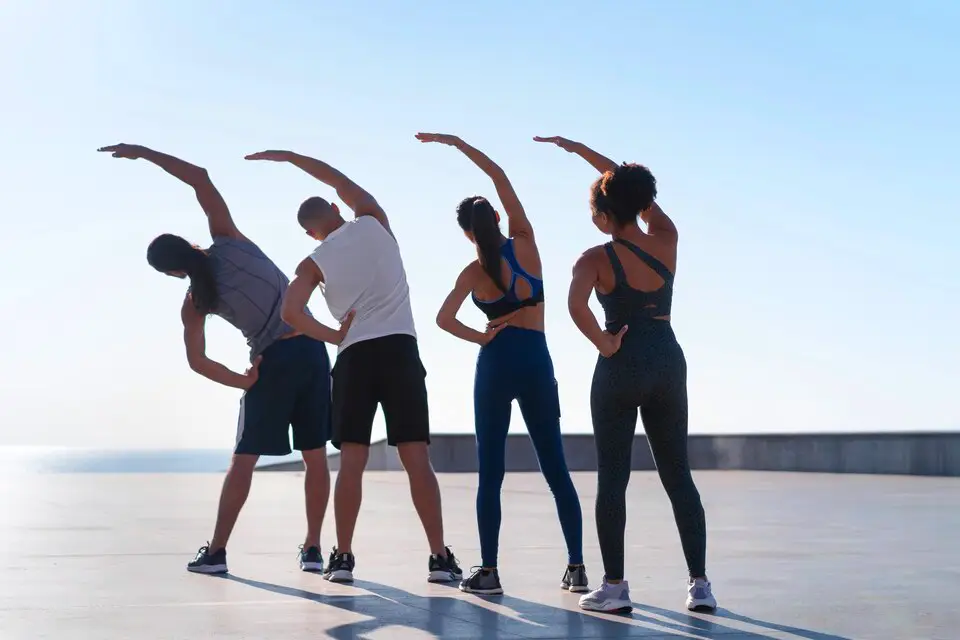


Such a comprehensive guide on exercise routines for all ages! It’s wonderful to see advice that caters to different age groups. The routines you shared are simple yet effective. Thanks for promoting fitness for everyone!